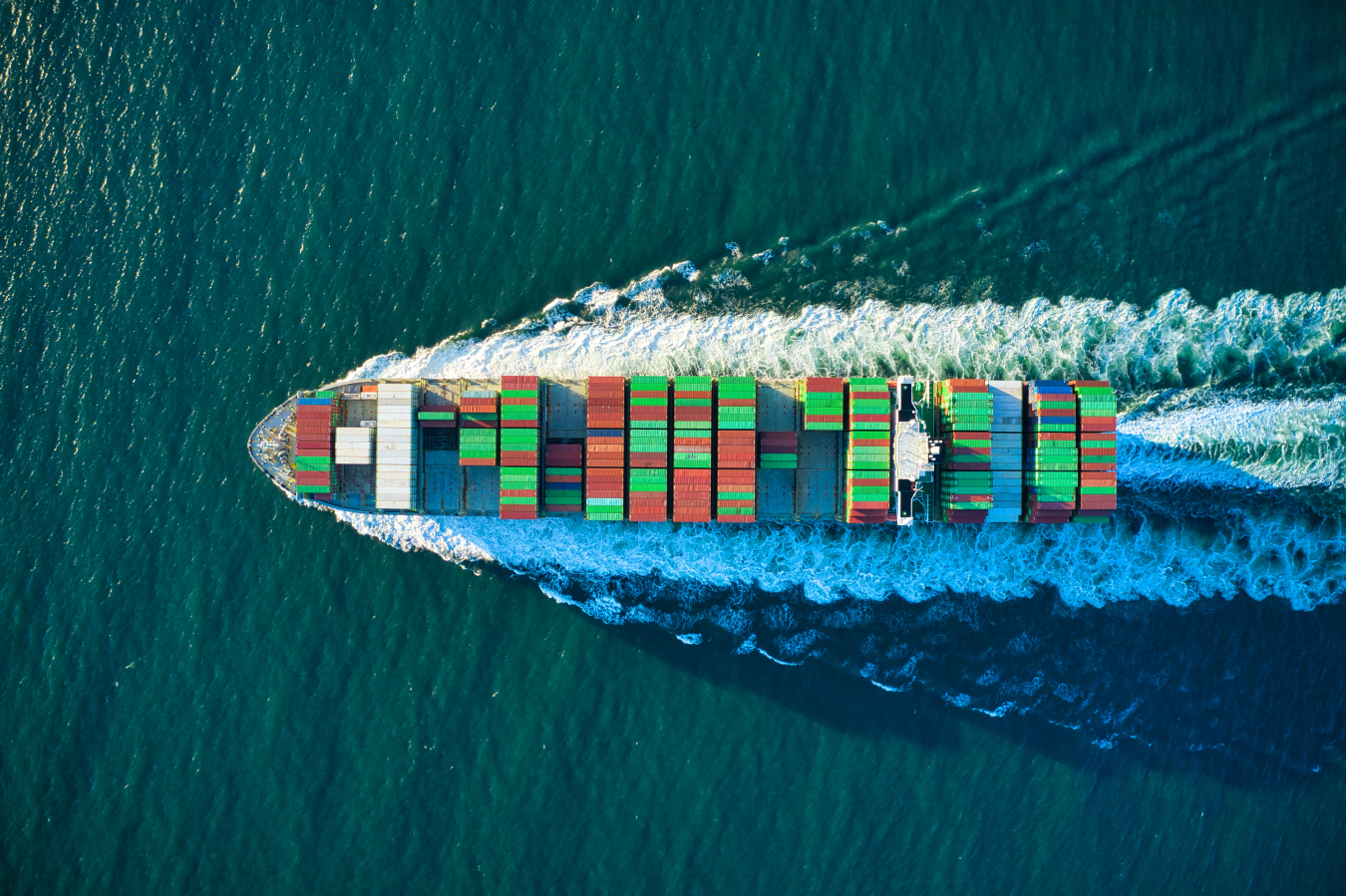The U.S. Department of Energy is teaming with over 15 government and industry partners in Singapore to foster partnerships and collaborate on energy solutions aimed at advancing research and development of innovative bioenergy technologies with a focus on affordability, security, and resilience.
April 17, 2024
Photo courtesy of Unsplash.com
The U.S. Department of Energy is teaming with over 15 government and industry partners in Singapore to foster partnerships and collaborate on energy solutions aimed at advancing research and development of innovative bioenergy technologies with a focus on affordability, security, and resilience. Domestically, DOE’s Office of Energy Efficiency and Renewable Energy (EERE) is joining with the American Bureau of Shipping (ABS) to create opportunities for data and information sharing to strengthen U.S. shipping.
International shipping accounts for approximately 3% of global emissions each year. The industry currently relies on inexpensive energy-intensive fuels, so to meet emissions reduction goals, globally coordinated innovation needs to take place across the entire maritime value chain, from the ships to the future low emission fuels they will rely on, and the infrastructure that will supply them.
This week, the U.S. co-led, Mission Innovation: Zero-Emission Shipping Mission (ZESM), an international collaboration among countries, the private sector, research institutes and civil society, announced updated goals to accelerate the maritime emissions reduction by 2030. These goals include:
- Increasing the number of large international ships running on low emission fuels by 2030 from 200 to 600 vessels;
- Adopting an annual fuel production goal of 16 million metric tons of heavy fuel oil equivalent (on an energy basis) low emission fuels by 2030; and
- Increasing the number of key ports offering low emission bunkering from 10 to 20.
“As we move to reduce emissions in the global maritime sector by 2050, we need to ensure we are receptive to new information in this ever-changing landscape, said Michael Berube, Deputy Assistant Secretary for Sustainable Transportation and Fuels at EERE. “With this in mind, I am very excited that the ZESM has reevaluated and adjusted our 2030 milestones to further align them with mission member assessments and the revised International Maritime Organization goals.”
Domestically, DOE spearheads the interagency development of the U.S. Maritime Decarbonization Action Plan and funds research and development to reduce maritime transportation sector emissions. Industry and stakeholder engagement is essential to continuing U.S. leadership. To propel this work, the DOE’s Office of EERE is announcing a Memorandum of Understanding (MOU) between EERE and the ABS. This MOU will further renewable energy development and emissions reduction of the maritime industry. This MOU facilitates open engagement, information sharing, and collaborative research on U.S. maritime transportation emissions reduction strategies in the following areas:
- U.S. Delegation to the ZESM
- U.S. Maritime Decarbonization Action Plan
- Analysis for Low-Carbon Intensity Energy in the Maritime Shipping Domain
- Analysis for Low-Emission Fuels/Electrification Implementation for Vessels and Port Operations
Outside of Mission Innovation, DOE, in collaboration with the U.S. State Department and the Mærsk Mc-Kinney Møller Center for Zero Carbon Shipping, is leading the Green Shipping Corridor Initiation Project including partnerships with Panama, Namibia, and The Pacific Blue Shipping Partnership.
Read more about how DOE is taking steps towards maritime emissions reduction.

